Imagine an ecommerce store that shows different product content versions to different store visitors.
Let’s say that a female visitor sees lots of pink colors and overly cute words in descriptions, while a male user is presented with more of the blue color and sharp language.
While this is a very stereotypical and oversimplified example, it’s more or less what dynamic adaptations are all about.
Today, we’ll examine this subject in detail as we go through the topic of product content creation.
But let’s start from the beginning:
What is product content creation?
Product content creation is the process of developing engaging and informative materials about a product, including descriptions, features, images, videos, user guides, FAQs, and reviews. It aims to showcase the product effectively, meet customer needs, and drive sales.
Product content creation vs content creation
These two aren’t the same. It’s pretty vital that you know the difference before we move on through this article.
So here are five key differences between product content creation and general content creation, specifically when it comes to e-commerce:
Purpose and goal
🛍️ Product content creation: the primary goal is to drive sales by providing all the essential information a customer needs to make a purchase decision.
✍️ General content creation: the aim is broader, often focused on brand building, customer engagement, and providing educational or entertaining content.
Target audience
🛍️ Product content creation: the target audience is very specific—potential buyers who are interested in the product and are likely to make a purchase.
✍️ General content creation: the audience can be more varied, including existing customers, industry peers, or even a general audience interested in the brand or subject matter.
Types of content
🛍️ Product content creation: this includes product descriptions, feature lists, images, videos, user guides, FAQs, and customer reviews.
✍️ General content creation: it can range from blog posts, articles, and social media updates to podcasts, webinars, and more.
Location and channels
🛍️ Product content creation: this type of content is usually found on product pages, e-commerce platforms, and sometimes in email list campaigns focused on sales.
✍️ General content creation: content is often distributed through various channels like blogs, social media platforms, newsletters, and more.
Tone and style
🛍️ Product content creation: the tone is often more factual and to-the-point, focusing on the features and benefits of the product to encourage a sale.
✍️ General content creation: the tone can be more flexible, ranging from conversational and entertaining to informative and educational, depending on the content’s purpose.
Elements of product content creation + tips
Now you know exactly what product content creation is all about. As you could see, it’s pretty specific compared to content creation in general.
As we go further, let us give you proper examples of product content you could have in your ecommerce store:
Product descriptions
Think of a product description as your chance to talk directly to the person who’s thinking about buying your product.
You want to tell them what it is, what it does, and why they should get it.
Make it easy to read and use words that people search for online—this helps your product show up in search results. Keep it friendly and in line with how your brand usually talks.
💡 Actionable tip – write a short draft first, then go back and sprinkle in keywords that people might use to find your product online.

Questions to consider asking yourself:
- Who is the target audience for the product?
- What high-quality content ideas align with the features of the product?
- How can content writers highlight unique selling points in the product descriptions?
- What is the content creation process for developing compelling product descriptions?
- How can different pieces of content be used to showcase various aspects of the product?
- How can digital platforms and social media posts be leveraged for maximum exposure and meeting marketing goals with the descriptions?
Feature lists
Feature lists are like quick highlights of your product.
They’re short bullet points that tell people what’s great about what you’re selling.
This is for folks who are in a hurry and just want the key facts. So remember to keep it simple and focus on what sets your product apart.
💡 Actionable tip – make a list of the top 5 things that are awesome about your product and use that as your feature list.
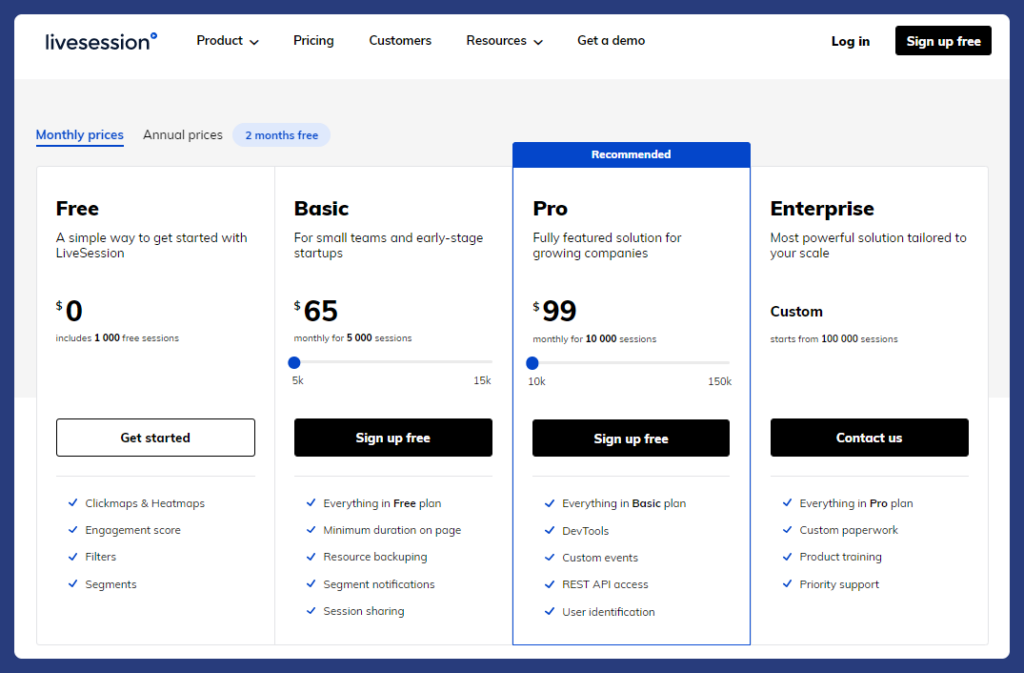
Questions to consider asking yourself:
- How can content writers ensure clarity and conciseness in presenting features?
- What content creation tools can enhance the presentation of features?
- How can the feature lists align with the overall content strategy, business goals, and search engine optimization efforts?
- Who is the target audience for the feature lists, and what information is most relevant to them?
- What types of content can be incorporated into feature lists to make them more engaging?
Image, video, and audio content
Pictures and videos are super important.
They let people see your product up close and from different angles. Videos can even show how to use it.
We recommend that your pictures are clear and look good on both computers and phones.
💡 Actionable tip – take photos from multiple angles and consider making a quick video showing the product in action.
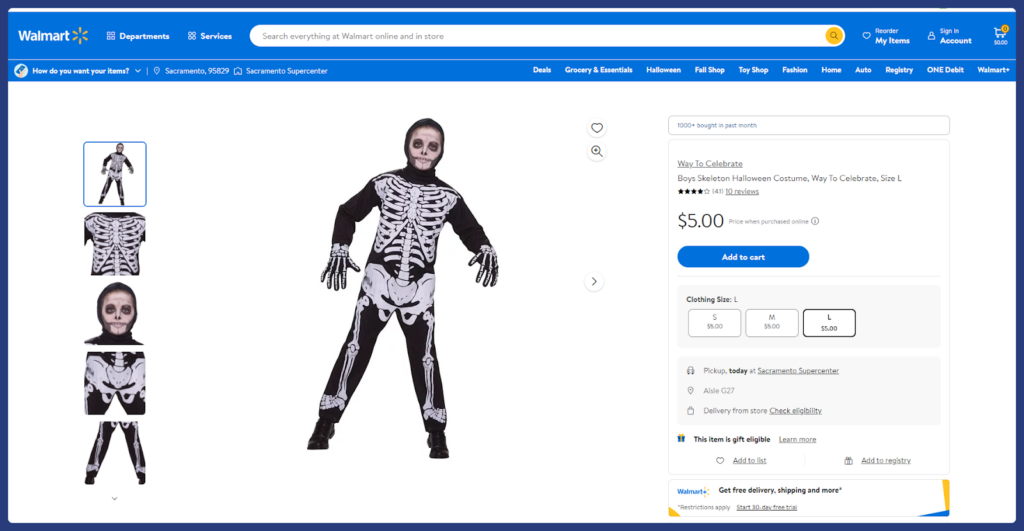
Questions to consider asking yourself:
- Who is the target audience for the video content, and who for image content?
- What content ideas can be translated into high-quality visual content?
- How can content creators leverage digital platforms for maximum exposure?
- What types of images and videos align with the brand’s content type and strategy?
- How can user-generated content be integrated into visual content?
- What are the common types of visual content that successful content creators use for social media?
User guides/manuals
User guides are the how-to guides for your product.
They help people understand how to use or set up what they’ve bought.
Approach the process of creating them in a “step-by-step” style and consider using pictures to make things even clearer.
💡Actionable tip – create a simple PDF guide that customers can download. Alternatively, make a ‘How-To’ video and put it on your product page.
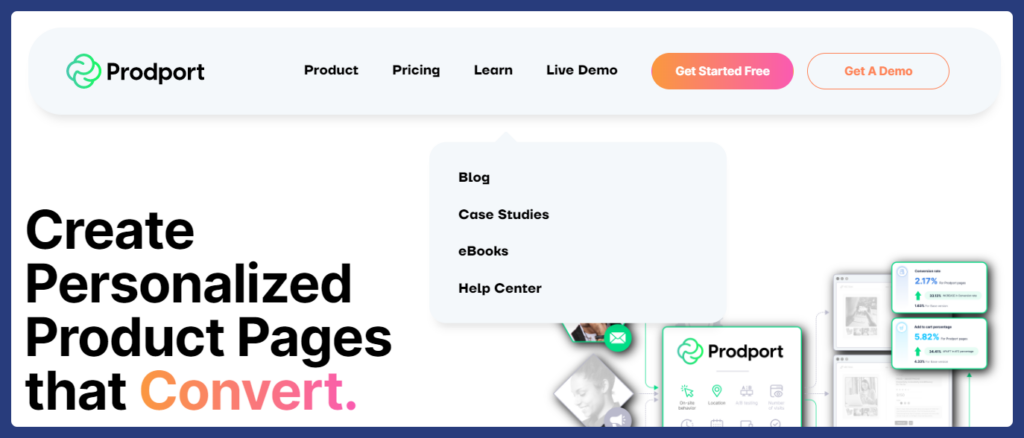
Questions to consider asking yourself:
- Who is the target audience for the user guides/manuals?
- What content formats are most effective for educational content in this context?
- How can content writers simplify complex information in user guides?
- What types of content can supplement user guides to enhance understanding?
- How can user guides contribute to SEO goals and be included in editorial calendars?
FAQs
FAQs, or Frequently Asked Questions, answer the common questions people might have about your product.
This saves them time and makes it easier for them to decide to buy.
It also means fewer questions for your customer service team to answer.
💡Actionable tip – think of questions you get often and answer them in this section. Update it as you get new questions.
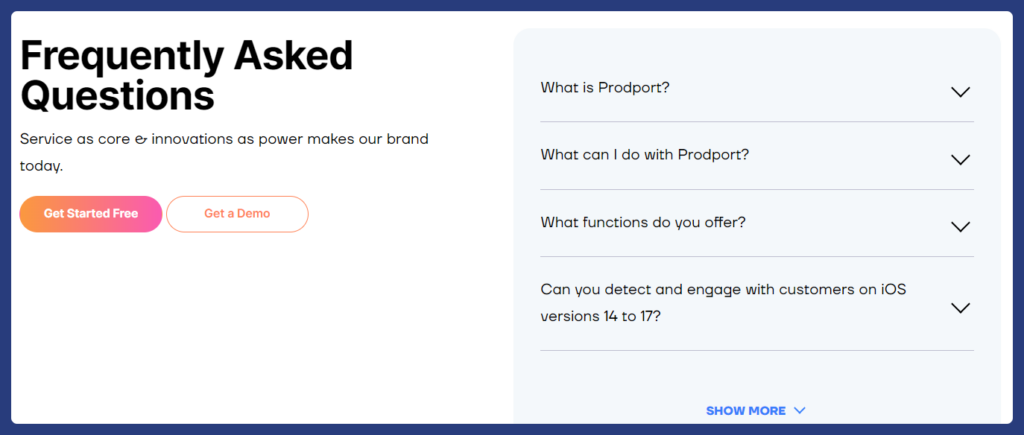
Questions to consider asking yourself:
- Who is the target audience for the FAQs, and what common types of questions might they have?
- How can content writers address FAQs in a way that aligns with the content strategy?
- What is the role of FAQs in the overall content creation process?
- How can FAQs be repurposed into other pieces of content, such as blog posts or social media posts?
- How do FAQs contribute to achieving business goals, and how can they be optimized for SEO?
Reviews and testimonials
Reviews from other customers can really help sell your product.
They give real-world proof that what you’re selling is good.
The best thing you can do is ensure it’s easy for people to leave reviews and share their thoughts.
💡Actionable tip – encourage happy customers to leave a review. You can even offer a small discount on their next purchase as a “thank you” gesture.
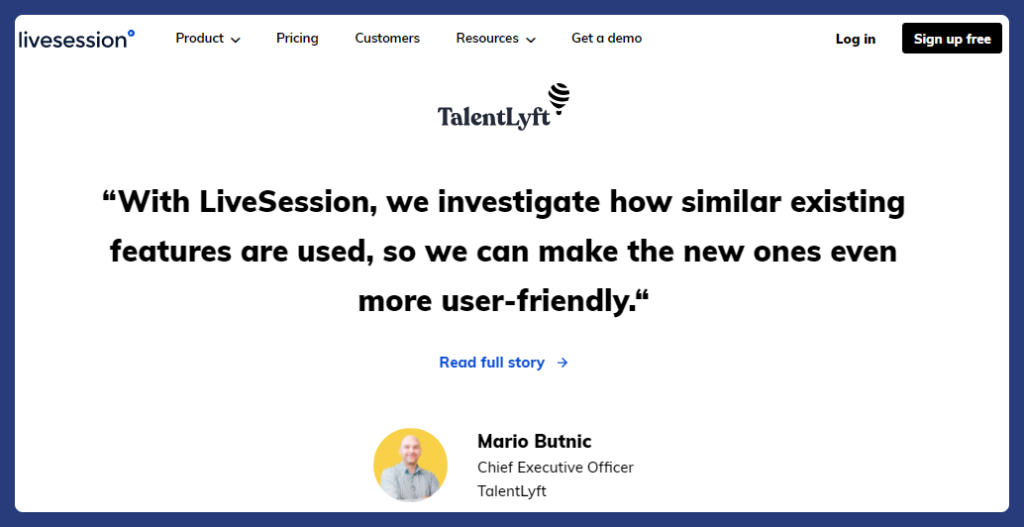
Questions to consider asking yourself:
- Who is the target audience for reviews and testimonials?
- What content ideas can encourage customers to provide authentic testimonials?
- How can marketing teams leverage reviews for social media content?
- What types of content can showcase positive reviews effectively?
- How can reviews and testimonials contribute to the brand’s content strategy, credibility, and user-generated content?
- What role does user-generated content play in shaping reviews and testimonials, and how can it be used in social media content?
- What are the common types of content that a successful social media content creator might utilize in testimonials and reviews?
Best practices for product content creation
Product content creation is no simple job.
But with the right tips, you can make it a whole lot easier for yourself.
Keep reading, for one of the most important of the practices is at the very end:
Know your audience
Knowing who you’re targeting helps you tailor the language, tone, and style to meet their specific needs and preferences.
Are they experts in the field, or are they newbies? Are they looking for a quick solution or a long-term investment?
The answers to these questions will guide your content creation process. This way, you can speak directly to them, address their needs and solve their problems.
✔️ Quick checklist:
- Conduct a survey to understand customer preferences.
- Create a customer persona to guide your content creation.
- Review customer feedback and questions to tailor your approach.
Be clear and concise
Long, complicated sentences can confuse readers and may lead to lost sales.
Being clear and concise in your product descriptions, feature lists, and other content ensures that your message gets across quickly.
It also makes your content more scannable, which is how many people read online.
✔️ Quick checklist:
- Write a first draft, then edit to remove unnecessary words.
- Use short sentences and simple words.
- Read your content out loud to check if it flows naturally.
Use high-quality images
High-quality, clear images give potential customers a better understanding of what they’re purchasing.
They also add a level of professionalism to your product page.
Make sure to show the product from multiple angles and, if possible, in action. This gives customers a more comprehensive view of what they’re paying for.
✔️ Quick checklist:
- Use a good camera or hire a professional photographer.
- Take photos in natural light for the best quality content.
- Edit photos to enhance clarity and brightness.
Make it scannable
Online readers often skim through content to find the information they need.
Making your content scannable helps them do this more efficiently.
Use headings, bullet points, and short paragraphs to break up the text. Highlight key information so it stands out and catches the reader’s eye.
✔️ Quick checklist:
- Use headings and subheadings to organize content.
- Highlight key points using bold or italics.
- Use bullet points for lists or key features.
Be honest
Don’t exaggerate the features or capabilities of your product.
Overpromising and under delivering will lead to unhappy customers and negative reviews.
Pay special attention to clearly stating what your product can and cannot do, and be upfront about any limitations.
✔️ Quick checklist:
- Clearly list all features and limitations.
- Use real-life examples or demos to show capabilities.
- Encourage transparent customer reviews on your product page.
Use social proof
Reviews and testimonials very often influence a potential customer’s decision to buy.
These real-world endorsements provide credibility and can tip the scales in favor of a purchase.
Your goal should be to feature these prominently on your product page and keep them updated.
✔️ Quick checklist:
- Feature top reviews on your product page.
- Use customer photos or user-generated content, if possible.
- Regularly update the reviews section with fresh content.
Optimize for search engines
Use relevant keywords in your product descriptions, titles, and meta descriptions to improve your rankings on search engines.
However, remember to integrate these keywords naturally into the text.
This way, it will read well for the human user.
✔️ Quick checklist:
- Conduct keyword research to identify relevant terms.
- Use keywords naturally in titles, headings, and body text.
- Monitor SEO performance and adjust as needed.
Update regularly
The online marketplace is always changing, and so should your product content.
Regular, fresh content updates based on customer feedback, performance metrics, and current trends can keep your content fresh and effective.
This not only improves your SEO but also keeps your audience engaged.
✔️ Quick checklist:
- Set a schedule for regular content reviews.
- Use analytics tools to monitor performance.
- Update content based on customer feedback and current trends.
Introduce dynamic adaptations
Lastly but most importantly, let’s focus on the topic from the very start of this article – dynamic adaptations.
See, we’ve probably caught your curiosity when it comes to the correlation between product content creation and dynamic adaptations.
So let us explain.
If you want your product content to remain agile in response to evolving market dynamics, dynamic adaptations is an extremely powerful way to do it.
Using it, you not only stay ahead in the competitive landscape. You also demonstrate your commitment to delivering relevant and valuable content to your audience.
Adaptation is the key to sustained success in the world of product content creation.
✔️ Quick checklist:
- Find out what adaptations you could implement.
- Work on creating different content versions.
- Use tools like Prodport to create personalized shopping experiences.
Dynamic adaptations for product content creation – how does it work?
Dynamic adaptations of product content represent flexible website components that automatically adapt to each prospective buyer in real-time. Those can include headings, product descriptions, images, or banners.
Using various algorithms, machine learning, and user interactions, the most relevant content for the potential buyer is selected and presented.
This is done in accordance with user behavior and using a special solution like Prodport.
Dynamic product information is an absolute game-changer in the realm of e-commerce, especially when it comes to Product Detail Pages (PDPs).
This innovative approach uses real-time algorithms, machine learning, and user behavior data to adapt the content on the page.
The result? A highly personalized and effective shopping experience that can significantly influence sales and customer satisfaction.
With a proper solution for dynamic adaptations, you can:
- conduct tests,
- segment audiences,
- personalize both the product page title and description to the user,
- analyze, measure, and optimize key performance metrics for your product content,
- use generative AI to efficiently manage, organize, and scale your product content creation process.
Why your ecommerce store needs it:
👉 Personalized experience – leveraging dynamic product information allows you to tailor the shopping experience to each user’s behavior and preferences, all so you can make it more engaging and relevant.
👉 Boosted conversion rates – a well-designed PDP enriched with dynamic elements can increase conversion rates while reducing bounce rates. It’s like having a salesperson who knows exactly what each customer wants.
Learn how WEAT achieved a 136% conversion boost with Prodport.
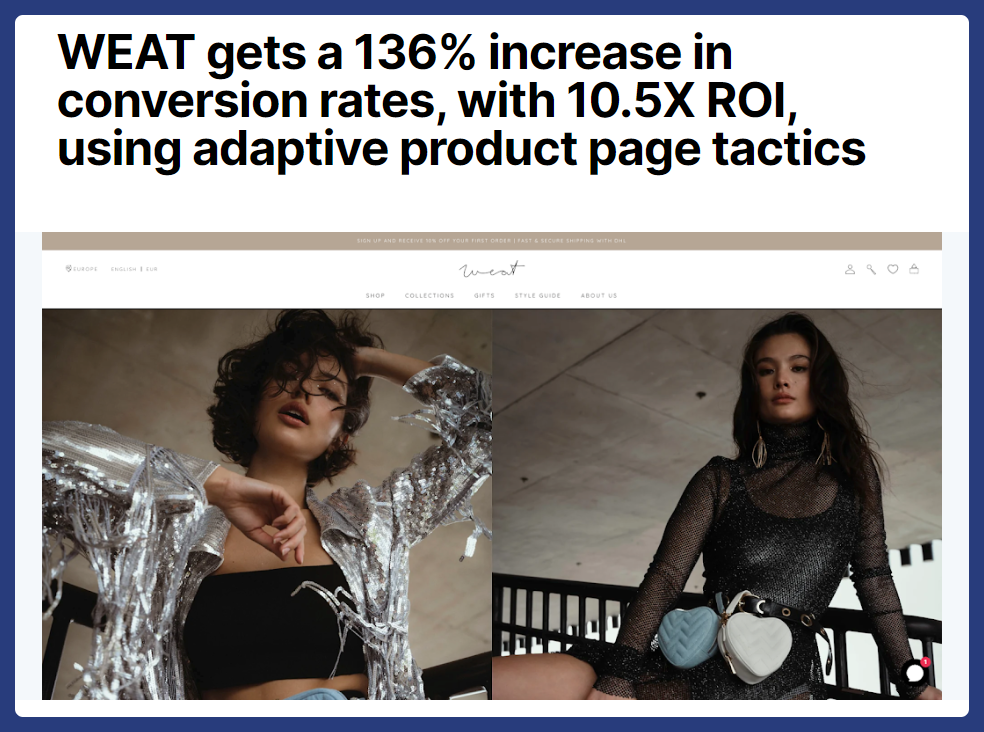
👉 Minimized churn rates – when you dynamically present all the necessary product details, you can reduce the number of abandoned carts and product returns. This will lead to higher customer retention.
Get started with dynamic adaptations of your product content
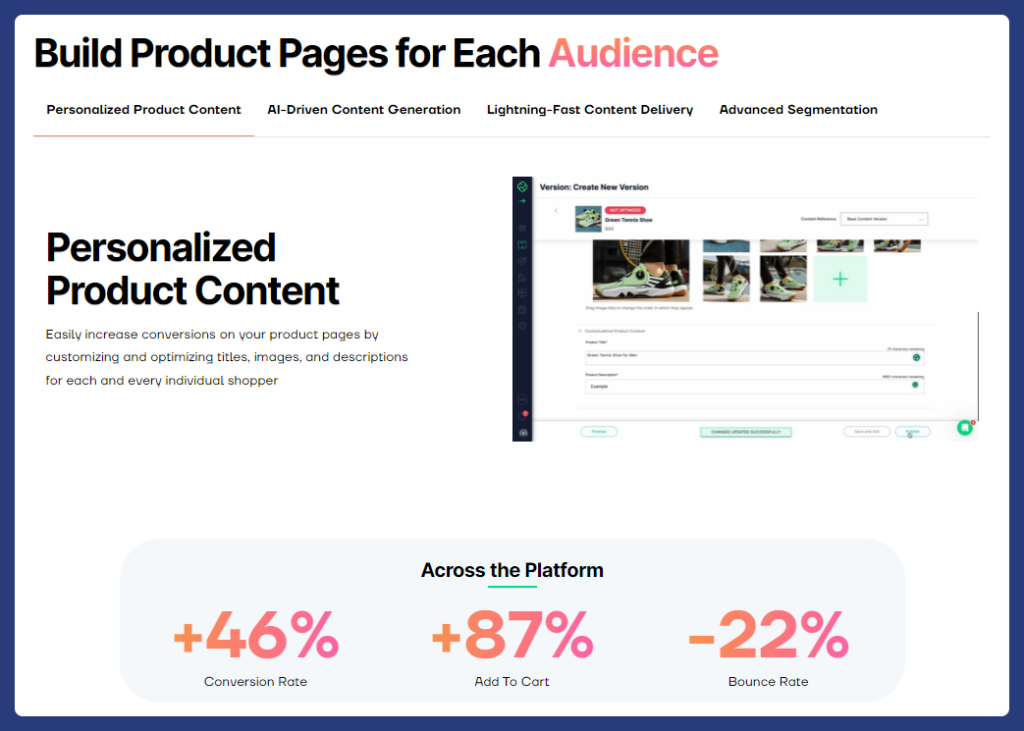
So if you want to get started with delivering personalized shopping experiences to your buyers, say hello to dynamic adaptations with Prodport.
Whether you’re seeking to AB test, segment, or personalize your product content, Prodport offers a seamless and efficient solution.
With an intuitive platform, we empower our users to manage multiple versions of their product pages and analyze their performance effortlessly using the dashboard.
Get ready to:
- tailor your content to individual shoppers,
- optimize for specific audiences, and
- elevate your product pages to new heights.
The onboarding process is fast, and the AI-generated product versions, along with content editing capabilities, ensure a comprehensive and impactful content strategy.
Take advantage of the 30-day free trial and explore the possibilities of dynamic adaptations with Prodport today.
Try our Shopify integration too.
Wrap up
Now you know everything about product content creation and dynamic content personalization.
We hope this article was insightful. As soon as you start taking advantage of personalized product content, your ecommerce store will reach new heights.
So now’s the time to revolutionize your product content marketing strategy for good. Your product content team will thank you.
Good luck!
P.S. Don’t forget to give Prodport a try – your first piece of personalized product content is just a few clicks away.
